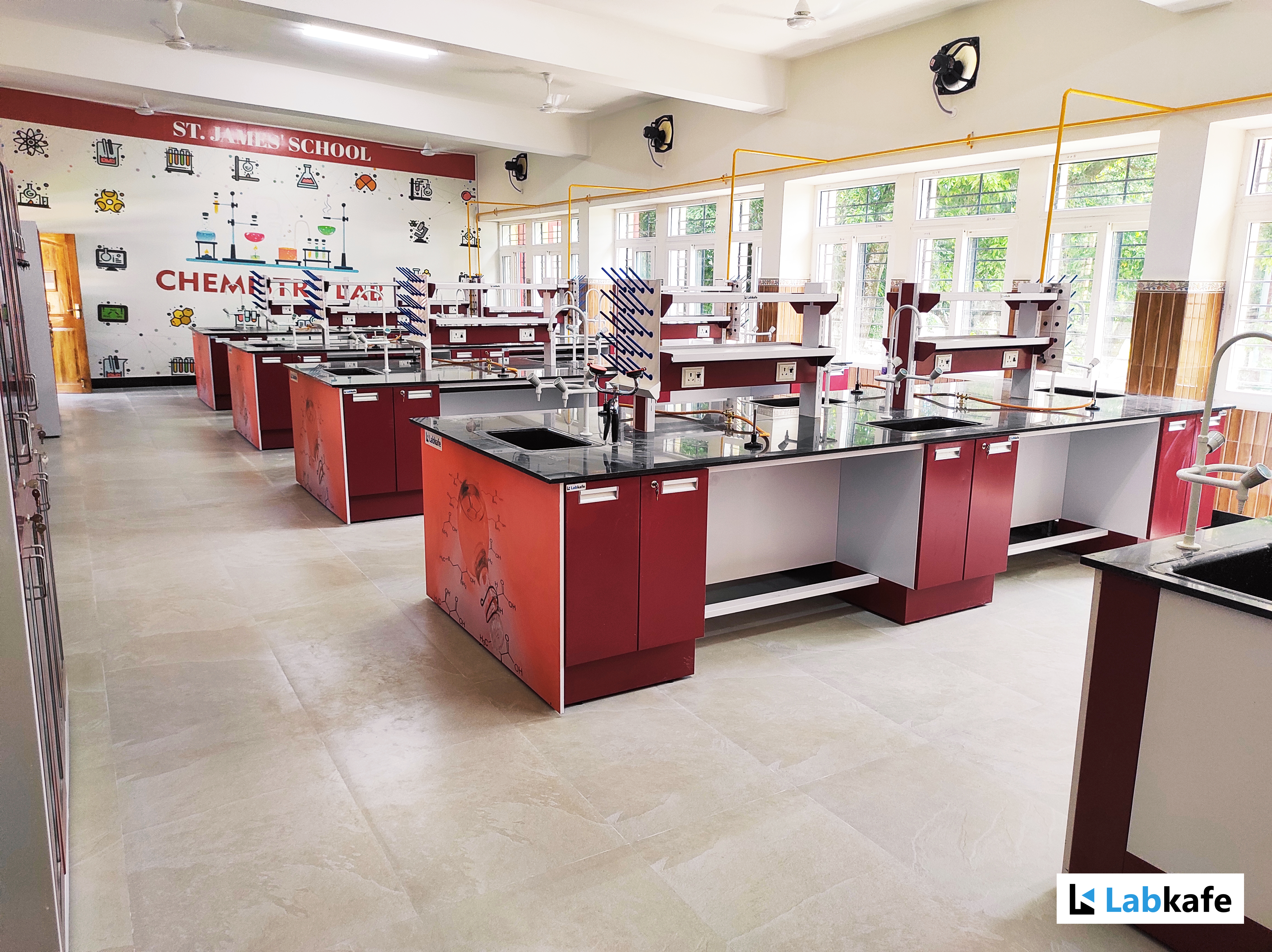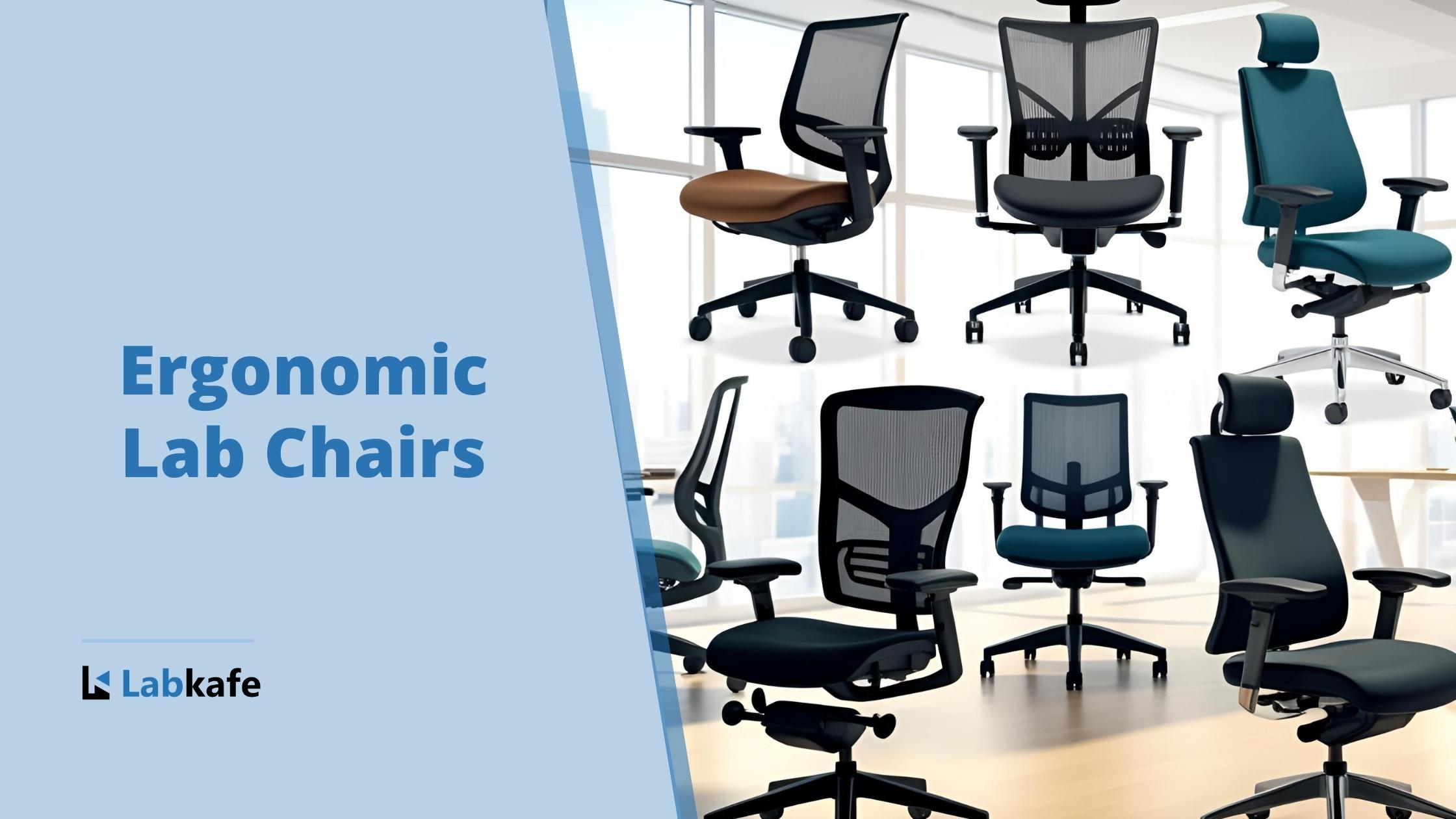The biggest part of the upbringing of our children is in education – and it encompasses two things – what to study, and how to study. The second part has been long ignored largely, but that is changing fast. In the education industry of India, there is a new theme going around ‒ science parks, maths parks, social science parks etc. So, what exactly is a science park anyway? And how can you set up one of those? Labkafe has the answer.
Let’s take a step back and think. What do we mean by education? What do we see in our minds as we utter the word? Don’t we see a desk, heavy books, a teacher rambling on in a classful of glassy, sleepy eyes? You see that too. Most of us have the exact same idea of “education”.
This is a dangerous rut we are stuck in. Education should not be a boring thing. It should not be theoretical mugging on and on. It should not, above all, become a burden. Especially in the case of scientific knowledge. But how do we change that?
Science parks are a great answer to this question. Get ‘em young, we say. People don’t want to learn ‒ really learn, not just memorize processes ‒ about something they aren’t interested in. And the best way to interest people in science is to attract them via fun and playful activities that also teaches things. At quite young ages.
What is a Science Park
A science park in a school does exactly that. Basically, a science, maths, or social science park in a school is an open playground for kids of all ages, with very specific equipment to play with. The school carefully chooses these equipment in such a way that they demonstrate specific scientific principles, while being fun to use as well.
A science park is the best way to teach science informally to kids. It encourages children to play with hardware that actually demonstrates something, rather than burying their noses in textbooks. Obviously, textbooks can only take you so far. But hands-on practical learning will stay etched in your memory forever.
The basic idea behind a science park is to enable children of all ages to learn science interactively outside the confines of a laboratory. Normally, there are quite a few scientific theories that you can see in action in a lab. But that’s not feasible for young children; so instead, you make rugged big working models of those principles and place them on a playground. Children would interact with them and have fun doing it (who doesn’t like talking through a long tube?), while a teacher or older students can explain why it works that way.
Indeed, the idea is so lucrative that it has become the norm for many modern schools, and in India, government schools are also expected to have science and maths parks. Some state governments are already launching educational schemes that have this form of modernized learning as a part ‒ for example, Kerala’s Public Education Rejuvenation Mission . The Jawahar Navodaya Vidyalayas have taken up the challenge as well.
What’s in a Labkafe Science Park
Labkafe, with a vision to provide affordable practical education to all children in India, has taken up the responsibility of manufacturing and supplying science park, maths park , and social science park equipment and models. We understand that by doing this we are changing the future.
Labkafe offers a full package of models and equipment you can use in your school’s science park. For example, with our equipment your kids can learn about the following:
- How sound travels through a tube
- Persistence of vision
- How a periscope works
- Structures of various molecules and crystals
- How a car engine works
- …and so much more!
Each of those models and equipment demonstrate a given fact of science about how something functions, and the kids can find plaques attached to them explaining the theory. We boil down complex science principles in simple, playful, easy-to-understand matter and present them in a colorful and interesting way, understandable to most kids in the junior sections of a school.
In the traditional education system, few kids ever like science. The heavy textbooks with complicated writing are bad enough to scare any kid away. No matter how colorful you make a book, it cannot take the place of the fun a kid has seeing things in action. Why else do you think the kids science shows are so popular in the west?
This is why the idea of science parks is so good for a country which seems to be bogged down in theoretical education and support work only. Innovative thinking and curiosity-driven learning is suffocating under truckloads of bland notes to be memorized on the day before exams. Which is, demonstrably, one of the worst ways to learn science. In this ‘normalized unreality’, innovative learning methods like science parks can not only bring a fresh air to the system, but can actually make a paradigm-shifting change, producing more and more science-loving youngsters ready to take their first steps into professional skill-oriented education.
How Labkafe Can Help in Building Science Parks
And that is one of our prime driving motivations. Labkafe wishes to see an India in near future, transformed by interest and skill sets, packed with technically proficient workers chomping at the bit to change the very image of our nation. To see this done, Labkafe is quickly transforming into and expert on the science, maths, and social science parks.
Moreover, Labkafe is standing in an unique position to help out in this matter. Not only our extensive experience with government schools and others help us smooth out the red tape, but also we have a robust presence on GeM as a registered OEM. (You can find us there as “Orientallabs Retail Services Pvt. Ltd.”)
It is a great help for all government schools like JNVs, KVs, APSs and Sainik Schools since they have to purchase from the Government e-Marketplace only. We oil the machine even better by offering free technical assistance at every stage of the procurement process. For private schools too this works as a guarantee of product quality and cost-effectiveness.
Every step of these particular efforts are geared towards making science more enjoyable for the younger generation, who are going to grow up and become our nation tomorrow. And we owe it to them to give them the facts about life, universe, and everything in the best manner we can.
Disclaimer: the images used above are collected from their respective websites.












Leave a Reply